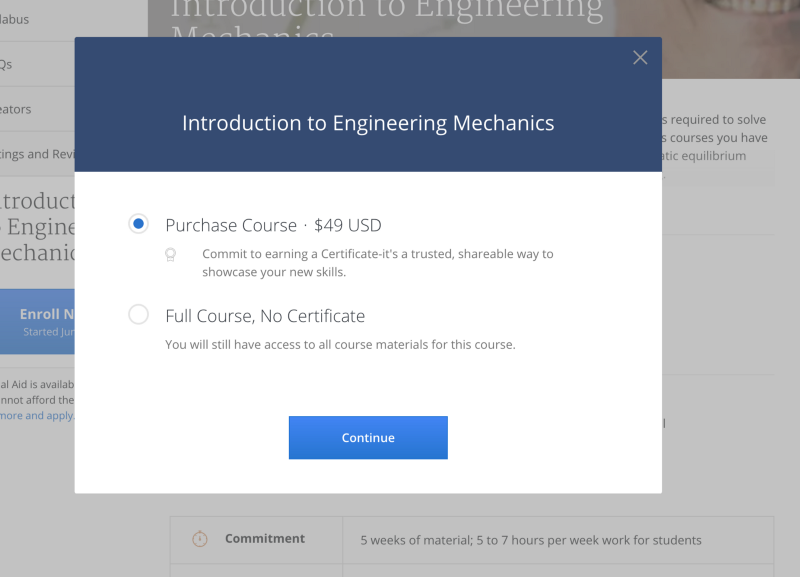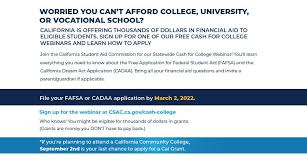
7th grade mathematics games are an enjoyable way to learn. These games are meant to help your child master the concepts found in the seventh-grade mathematics curriculum. These games cover many topics such as Multiplication, Subtractions, Equations and Informal Geometric Constructs.
Multiplication
Middle school students need to master multiplication. There are many games that can help them do this. Many of these games include manipulatives that teach multiplication facts. The base-10 blocks are an excellent way to visualize multiplication problems and the answer. Color-bynumber, another manipulative game, is another.
This game is great for students who are learning about the properties of positive and negative numbers. Each player receives 50 note cards measuring three by five inches and a marker. The students must write different integers on each card, including 0 to -20. The players will then switch cards and play one round. The player with the highest score wins the round. This game also encourages children to learn about factors and to practice their multiplication tables.

Subtraction
It is an important skill for seventh-grade students to master, and there are many fun ways to reinforce it in games. Some games involve powerful warriors or racing, while others require students to practice subtraction skills. No matter what the style of subtraction game you choose, it will help your child learn this skill and reinforce it while having fun at the same time.
Subtraction is a difficult concept for younger students. Practice with subtraction will be a key part of many 7th grade math game. Students will have to do calculations in different ways. For example, one game requires players to mix addition and subtraction with the corresponding digits. These games could also require scientific notation. They may include multiplication and subtraction.
Equations
The seventh grade math curriculum helps students use equations in a variety ways. For example, they might practice multiplication skills through solving fractions. They might also learn ratios by graphing data. You could also play games that require equations, like Can You Make It?
Monster Mischief is another example of an equation game. Students must add, subtract, multiply in this game. It's a fun way to practice these operations.

Informal geometric constructs
Informal geometry constructions are a critical part of seventh grade mathematics. These constructions can be used to help students understand angular relationships, how rational numbers work and how to solve problems. These structures can also be used to teach students how to draw scale drawings and make inferences regarding populations. Informal geometric constructions are also an important part of seventh grade math games.
Informal geometric structures include the constructions of an equilateral square, a triangle, and a hexagon with a circle. Students also gain familiarity with the relationship between angles formed by intersecting lines. Students also learn angles and p through solving problems involving area, surface area and volume.
FAQ
How much does homeschooling cost?
Homeschooling comes with no fees. Some families charge between $0-$20 per lesson. Some families offer services for free.
However, homeschooling does require dedication and commitment. Parents must have enough time to devote to their children.
Access to books, materials, and other learning aids is essential. To supplement their education, homeschoolers may need to use community programs and events.
Parents need to consider costs such as transportation, tutoring, and extracurricular activities.
Homeschoolers need to be prepared for special occasions, field trips and vacations.
What are the various types of early childhood education available?
There are many ways that early childhood education can be described. Some of the most popular ones are:
-
Preschool - Children ages 2 to 5
-
PreKindergarten - Children ages 4 to 6
-
Head Start/Headstart for Children Ages 0-3
-
Day Care/ Daycares: Children 0-5
-
Child Care Centers: Children from 0-18
-
Family Child Care - Children from 0-12 Years of Age
-
Homeschooling for children ages KG-16
How long should you spend on college preparation?
The amount of time spent preparing for college depends on how much you plan to devote to your studies. It is a good idea to start college preparation courses immediately if your goal is to attend college as soon after you graduate high school. However, if you have plans to wait several years before starting college planning, then you don't necessarily need to do so until later.
It is important to discuss your plans and ideas with your parents, teachers, and other family members. They might recommend certain courses. Track the grades and courses you've taken. This will enable you to plan for next year.
Is it difficult to become a teacher?
A major commitment is required to be a teacher. It will require you to dedicate a lot of time to your studies.
You can expect to work 40 hours per semaine while earning your degree.
You will also need to find a job that suits your schedule. Many students have trouble finding part time jobs that balance schoolwork with their lives.
When you are hired for a full-time job, you will most likely be required to teach classes during the school day. You may be required to travel across the country to teach classes during the week.
What is a trade school?
For those who have not been able to get a degree at traditional higher education institutions, trade schools offer an alternative route. These schools offer career-focused programs that prepare students for specific jobs. These programs allow students to complete two years' worth of coursework in one semester. Then they can enter into a paid apprenticeship program that teaches them a specific skill set and provides on-the job training. Trade schools can include technical schools, community colleges and junior colleges as well as universities. Some trade schools offer associate degrees.
Statistics
- And, within ten years of graduation, 44.1 percent of 1993 humanities graduates had written to public officials, compared to 30.1 percent of STEM majors. (bostonreview.net)
- In most developed countries, a high proportion of the population (up to 50%) now enters higher education at some time in their lives. (en.wikipedia.org)
- These institutions can vary according to different contexts.[83] (en.wikipedia.org)
- They are also 25% more likely to graduate from high school and have higher math and reading scores, with fewer behavioral problems,” according to research at the University of Tennessee. (habitatbroward.org)
- Think of the rhetorical power of nineteenth-century abolitionist Harriet Beecher Stowe, Martin Luther King, Jr., or Occupy Wall Street activists with their rallying cry of “we are the 99 percent.” (bostonreview.net)
External Links
How To
What is vocational education?
Vocational education prepares students for the workforce after high school. Students are trained in specific skills to be able to do a particular job such as welding. This includes apprenticeship programs and on-thejob training. Vocational education is distinct from general education as it focuses more on training individuals for specific jobs than on learning broad knowledge that can be used in the future. Vocational education does not prepare students for university, but it helps them find work after graduation.
Vocational education may be provided at all levels of schooling, including primary schools, secondary schools, colleges, universities, technical institutes, trade schools, community colleges, junior colleges, and four-year institutions. Many specialized schools are available, including nursing and culinary schools, law schools medical and dental schools, veterinary medicine school, veterinary medicine schools, firefighting training schools, police academies, military academy, and other military schools. Many of these schools offer both academic instruction and practical experiences.
A number of countries have made significant investments in vocational education over recent decades; for example, Australia, Denmark, Finland, Germany, Ireland, Japan, Luxembourg, New Zealand, Norway, Poland, Sweden, Switzerland, the United Kingdom, and the United States. The effectiveness of vocational education is still controversial. Some argue it doesn't improve students' employability, while others argue it prepares them for the future.
The U.S. Bureau of Labor Statistics estimates that 47% of American adults possess a postsecondary certificate, or degree related to current occupation. This is a higher percentage among those who have more education. 71% are currently employed in fields that require postsecondary qualifications.
According to the BLS in 2012, almost half of Americans had at the least one type of postsecondary credential. About one-third of Americans held a two-year associate degree, while about 10 percent held a four-year bachelor's degree. One out of five Americans held a master's degree or doctorate.
The median annual salary for people with a bachelor's was $50,000. This compares to $23,800 for those who don't have a degree. For those with advanced degrees, the median wage was $81,300.
For those who did not complete high school, the median wage was only $15,200. Those with less than a high school diploma earned $13,000 per year.